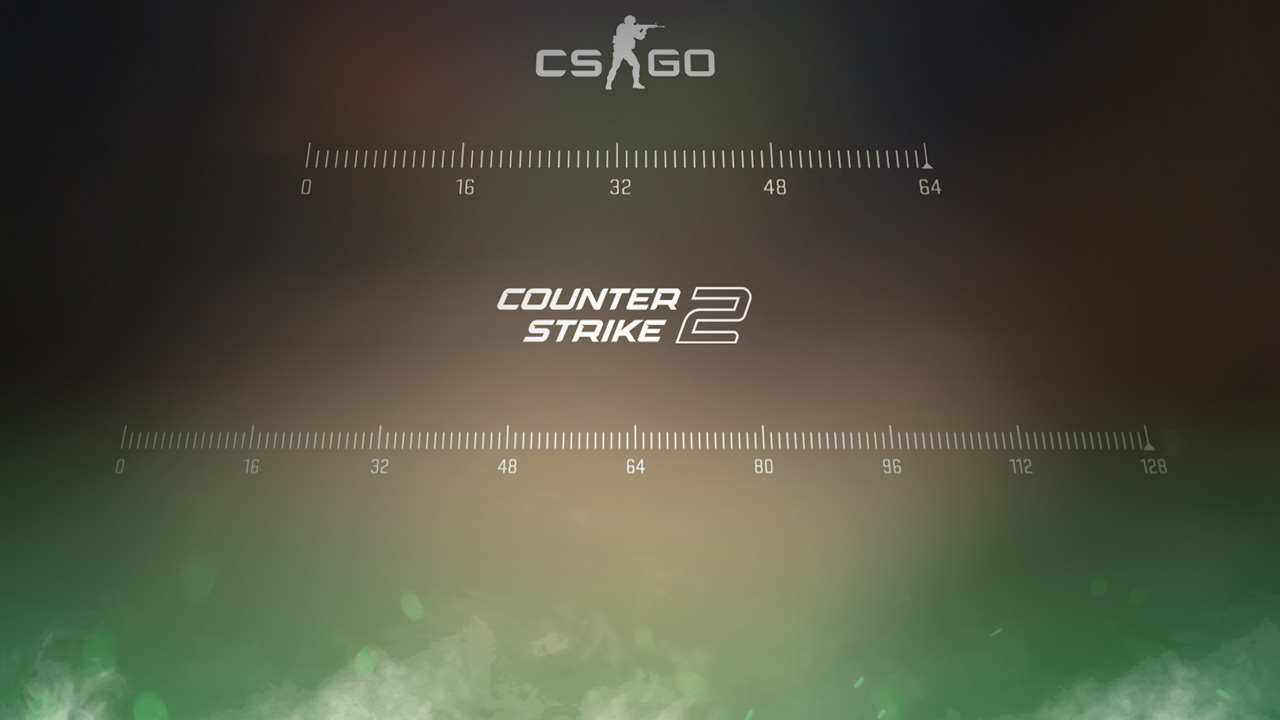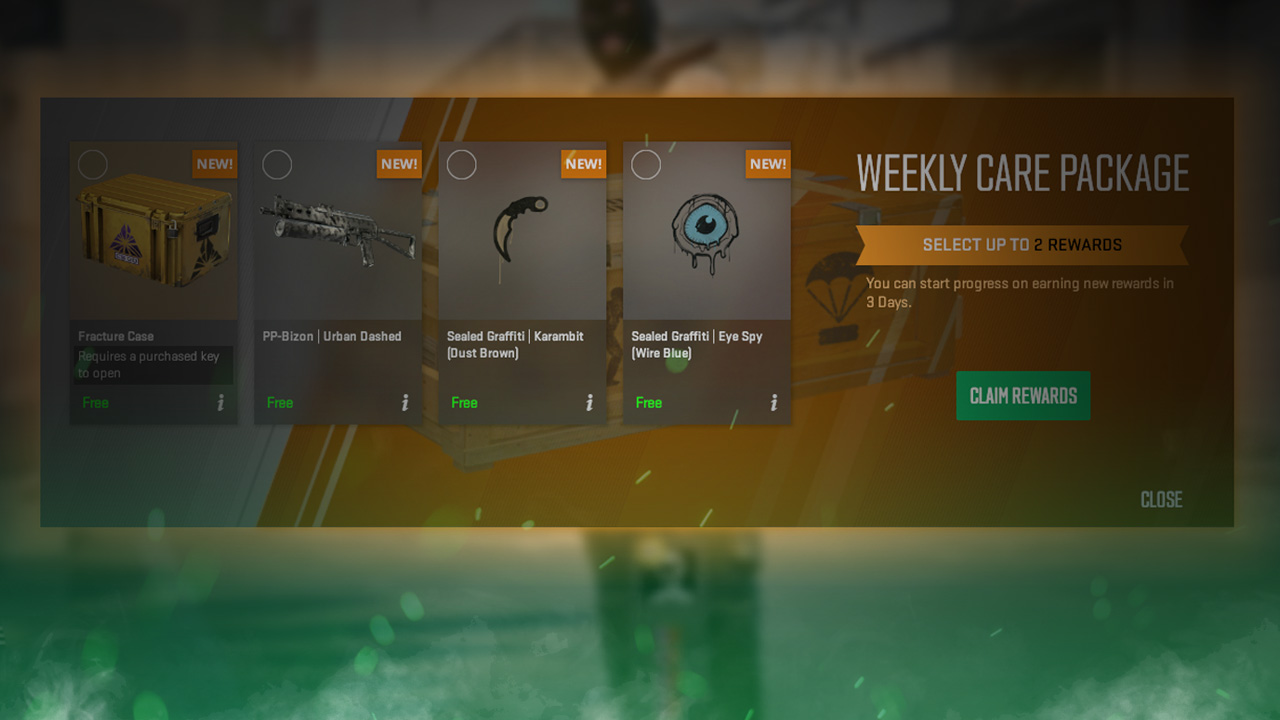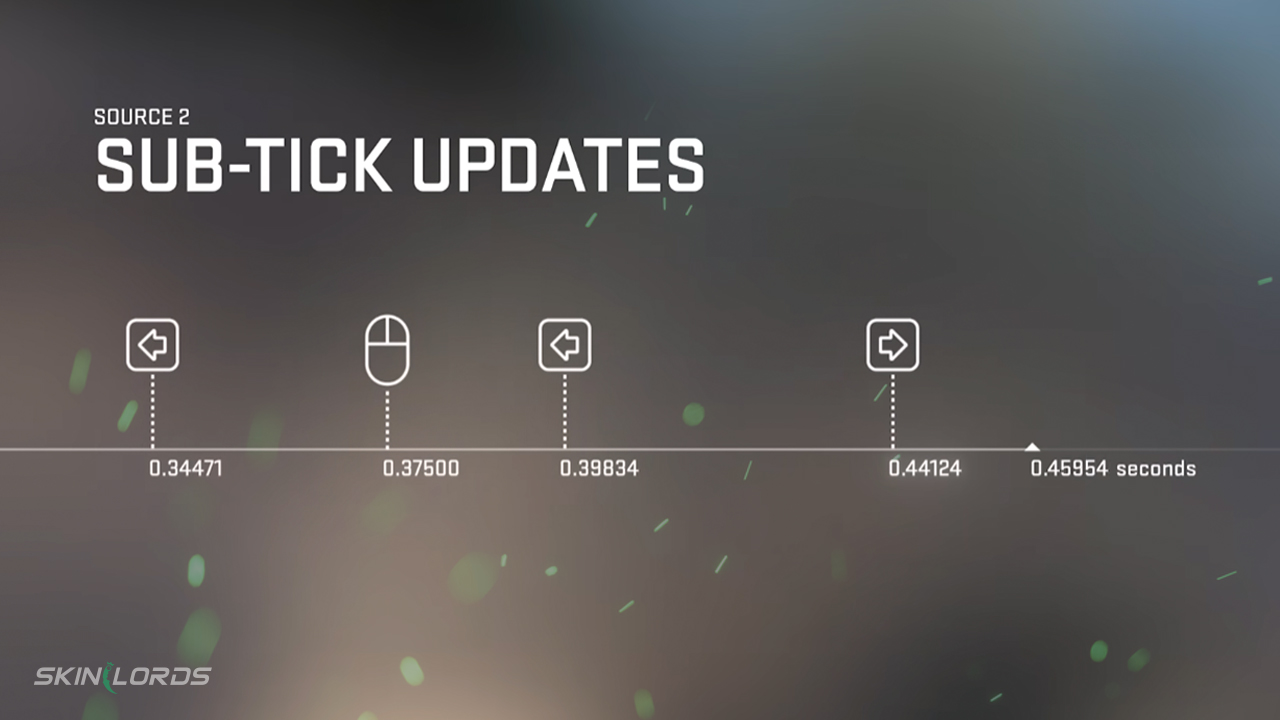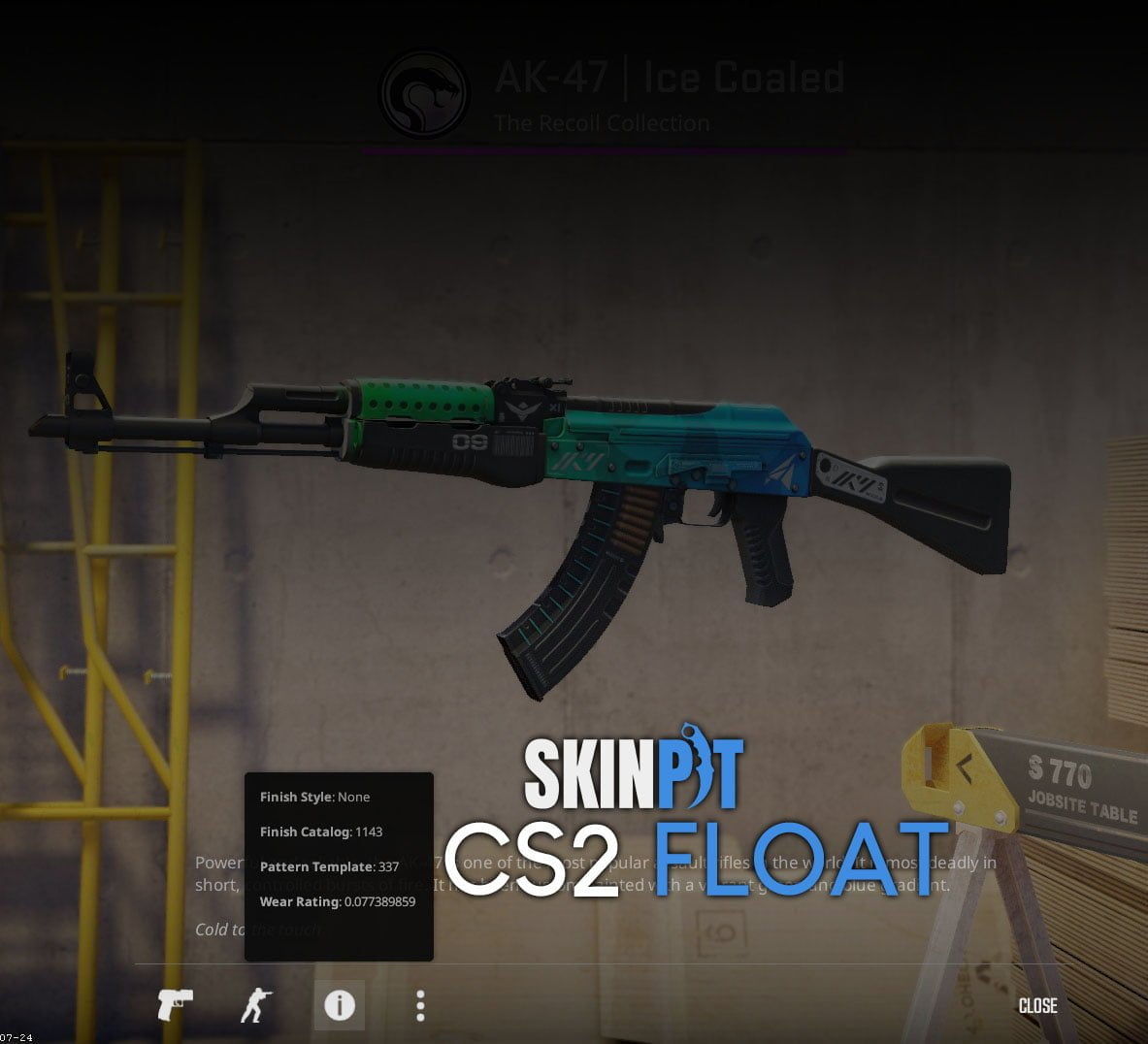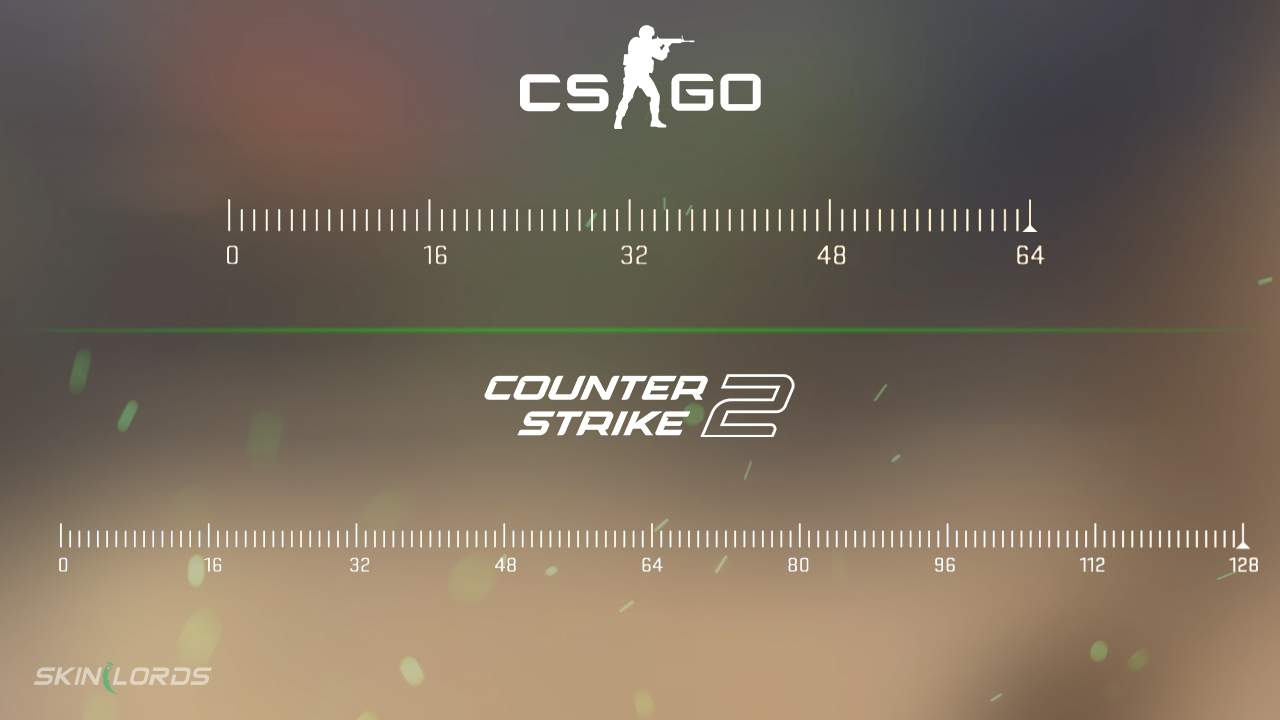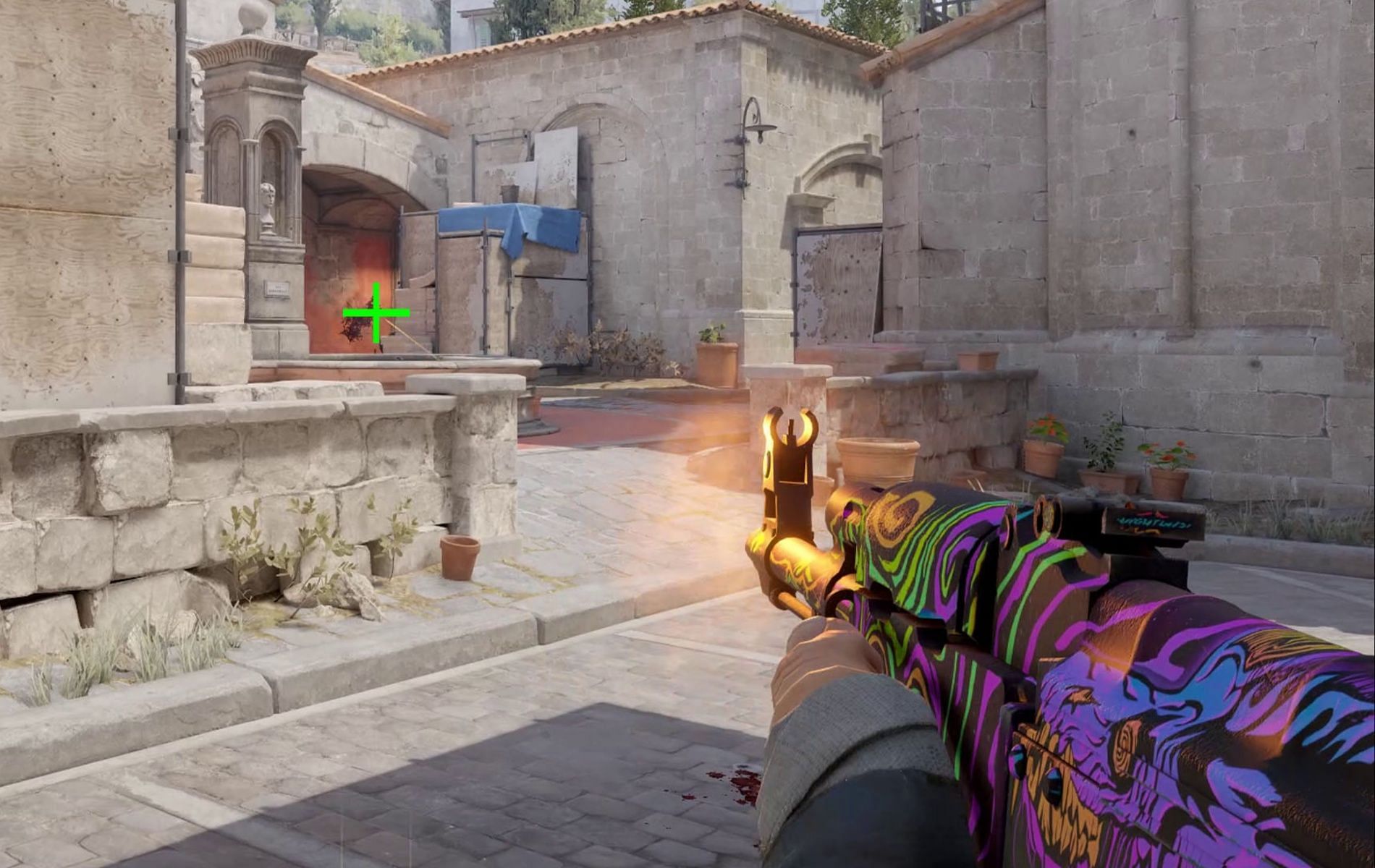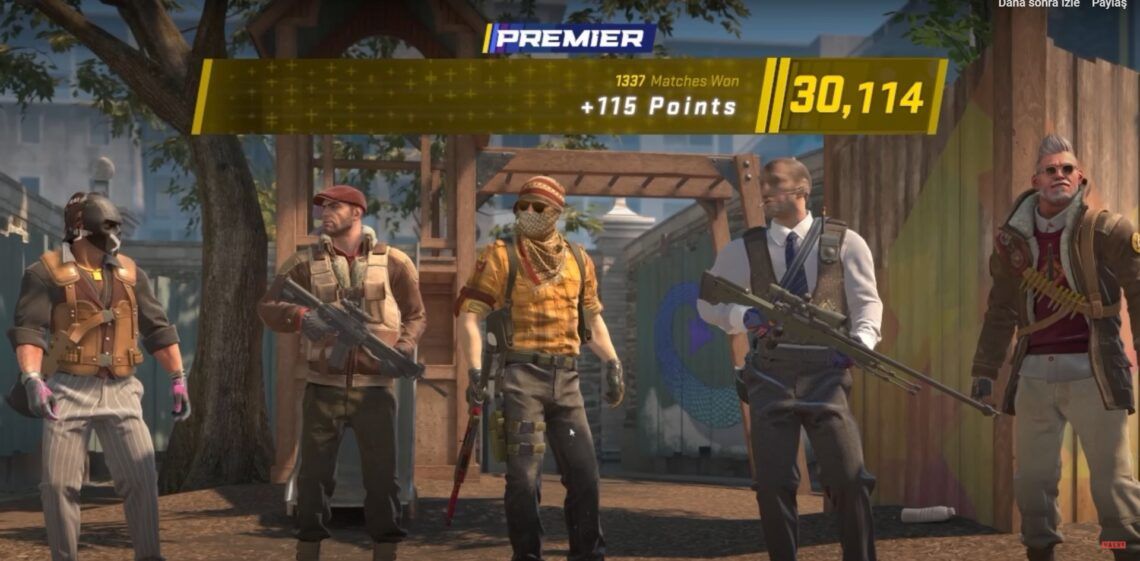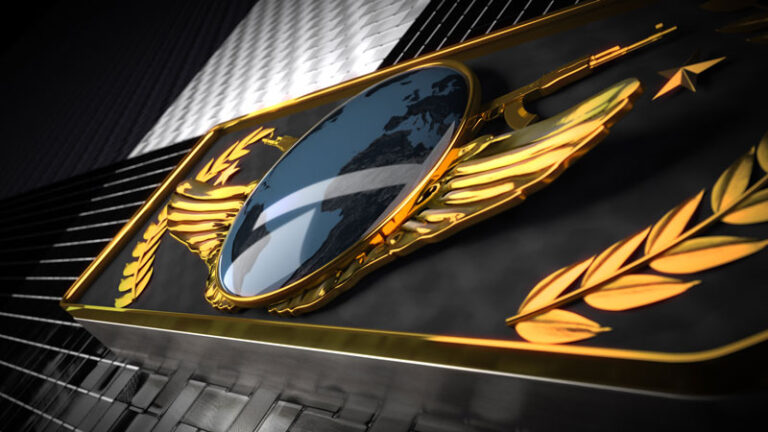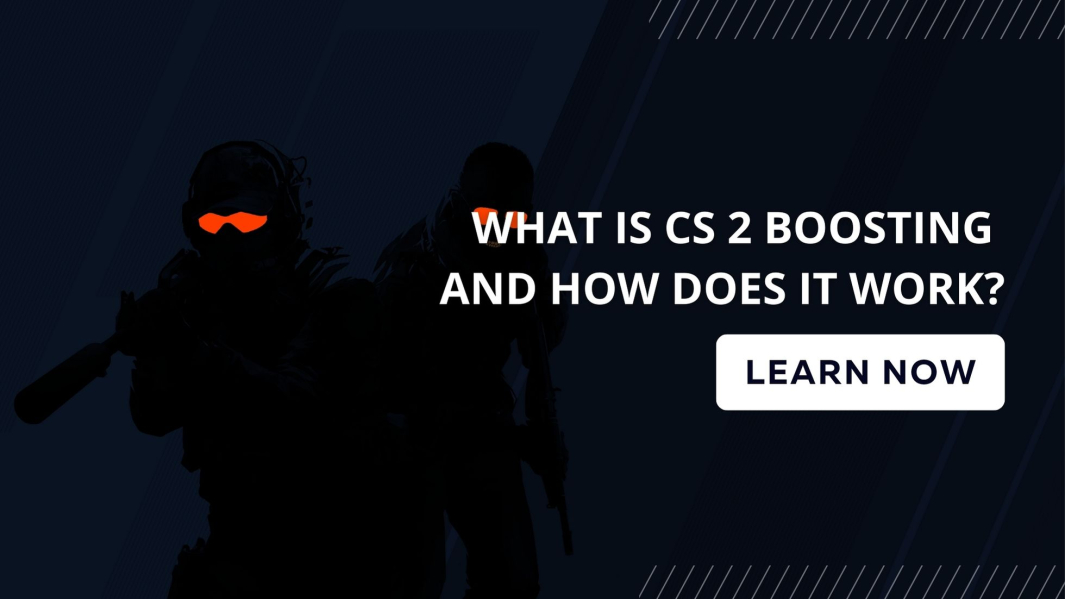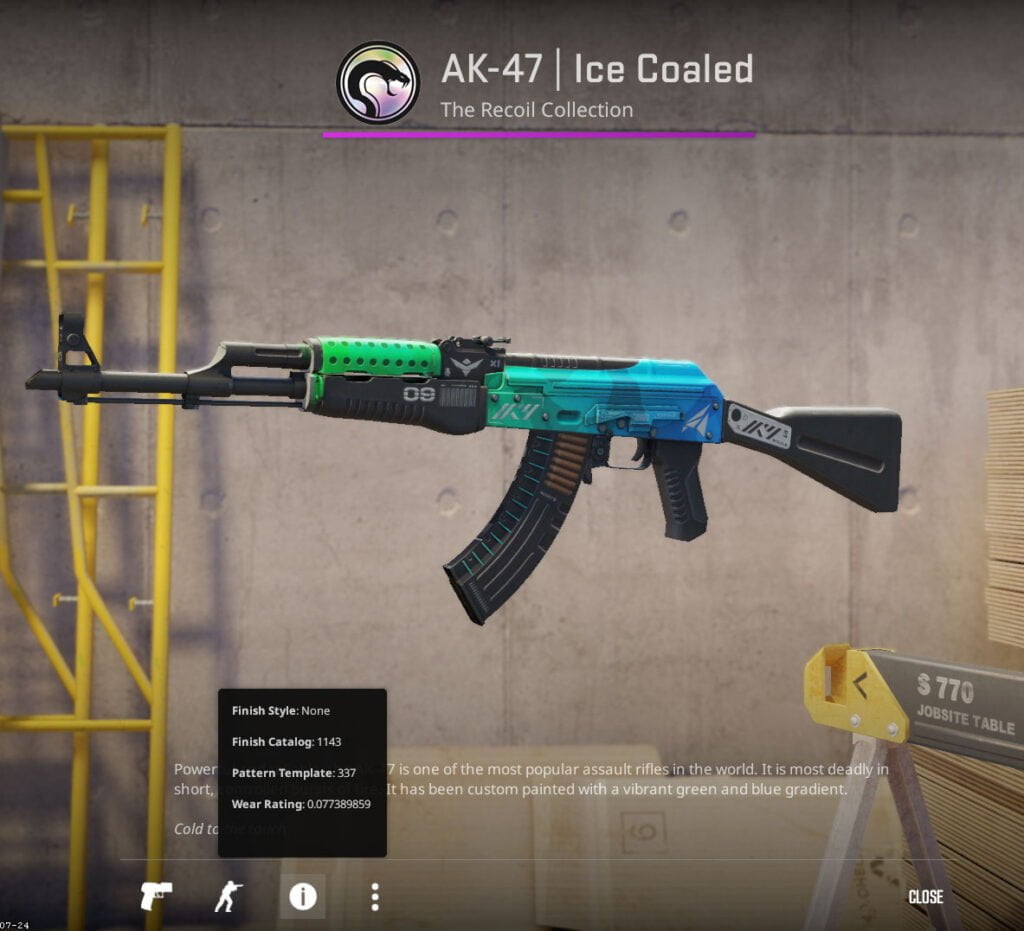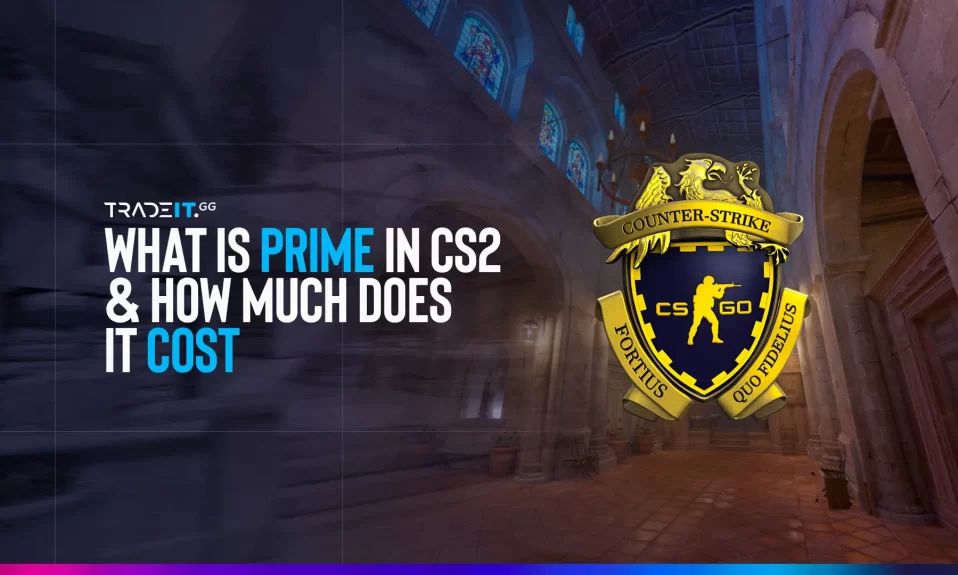How Does Shuffle Work In Cs2

Chaos on the servers! Players are reporting unexpected team compositions and skill disparities in Counter-Strike 2 (CS2) matchmaking. Is the shuffle system working as intended, or is something fundamentally broken?
The CS2 shuffle system, designed to balance teams after the initial pick phase in Premier mode, is under intense scrutiny. Players allege the system frequently creates unbalanced matches, impacting competitive integrity and overall enjoyment.
The Core of the Problem: Unbalanced Teams
Reports are flooding social media and forums, detailing instances where pre-made stacks face off against solo queue players. These instances, coupled with noticeable skill gaps between teams, suggest a flawed shuffle algorithm.
The current system, as understood, aims to redistribute players based on their CS2 Rating (formerly Elo) after the map and initial team picks. The goal is to create two teams with roughly equal average ratings. However, anecdotal evidence points to a frequent failure of this goal.
While Valve has not officially disclosed the precise mechanics of the shuffle, community analysis suggests it may prioritize speed over precision. This focus on rapid matchmaking could lead to compromises in team balance.
Key Areas of Concern:
The biggest concern is that the shuffle algorithm doesn't adequately account for pre-made parties. Five-stacks often retain an inherent advantage in communication and strategy, even if individual ratings are comparable to a team of solo players.
Secondly, the system may not properly consider individual player roles or playstyles. A team composed entirely of aggressive entry fraggers could easily lose to a more balanced team, regardless of the average rating.
Another potential issue lies in the volatility of CS2 Ratings during the early stages of a new season or after a significant update. Inaccurate or outdated rating data can lead to miscalculations during the shuffle process.
Impact on Competitive Integrity
The implications of a faulty shuffle system are far-reaching. Unbalanced matches can discourage players from engaging with the competitive aspects of CS2, leading to a decline in active participation.
Furthermore, it undermines the value of the CS2 Rating as an accurate representation of skill. If wins and losses are determined more by the shuffle than individual performance, the rating system becomes meaningless.
Many players are now advocating for Valve to implement stricter matchmaking rules. They ask for more nuanced shuffle algorithm that prioritizes fair team composition over speed.
Possible Solutions and Community Suggestions:
One suggested solution involves implementing stricter limits on the size of pre-made parties allowed in Premier matchmaking. This would reduce the likelihood of five-stacks dominating matches against solo queue players.
Another idea is to incorporate role-based matchmaking, where players are assigned to teams based on their preferred positions and playstyles. This would help to ensure a more balanced distribution of roles within each team.
Players are also urging Valve to provide greater transparency regarding the shuffle algorithm. A clearer understanding of the system's mechanics would allow the community to identify and address potential flaws more effectively.
Valve's Response (or Lack Thereof)
As of now, Valve has not issued an official statement acknowledging or addressing the concerns surrounding the CS2 shuffle system. This silence has fueled frustration among players who feel their concerns are being ignored.
The lack of communication has led to speculation and conjecture, with some suggesting that Valve is aware of the issue but is prioritizing other aspects of the game's development.
Without clear communication from Valve, the community is left to rely on anecdotal evidence and guesswork to understand the inner workings of the shuffle system.
Next Steps and Ongoing Developments
The community is continuing to gather data and provide feedback to Valve through various channels, including social media, forums, and bug reports.
Several prominent content creators and analysts have begun investigating the issue, conducting experiments and analyzing match data to identify patterns and potential causes of the imbalance.
The hope is that by presenting a clear and comprehensive analysis of the problem, the community can persuade Valve to take action and improve the CS2 shuffle system.
